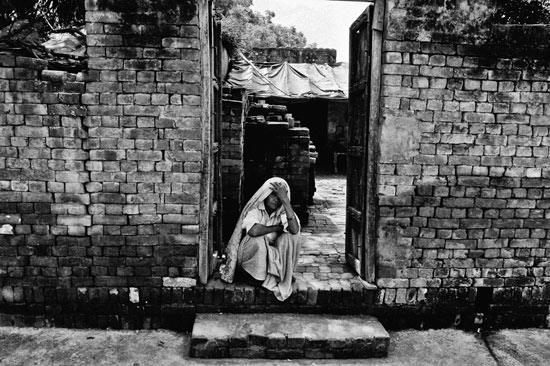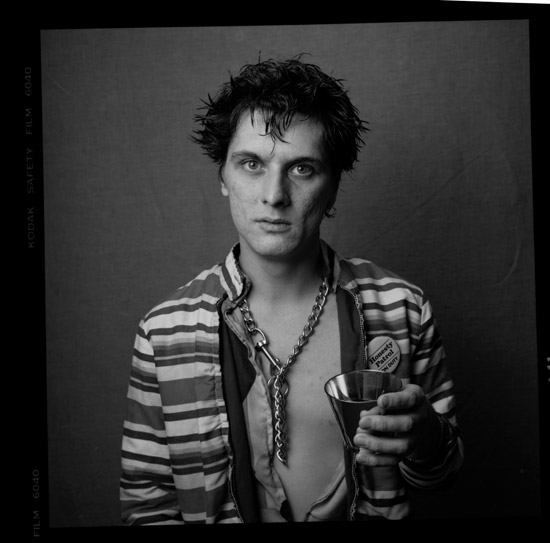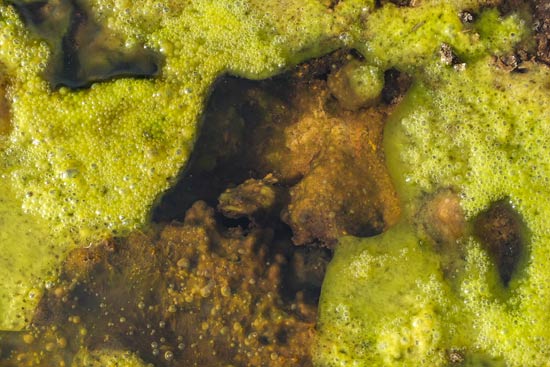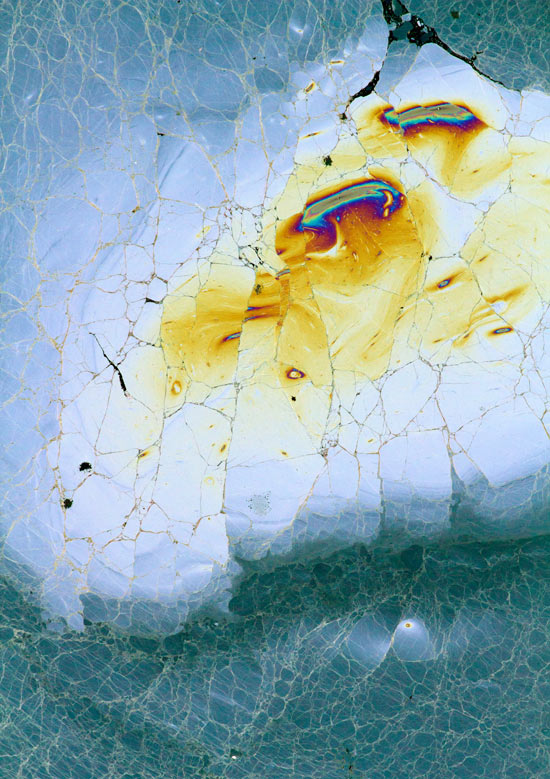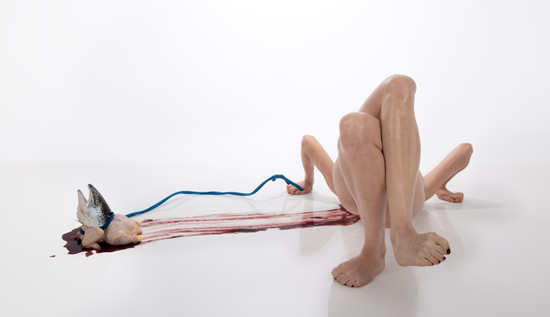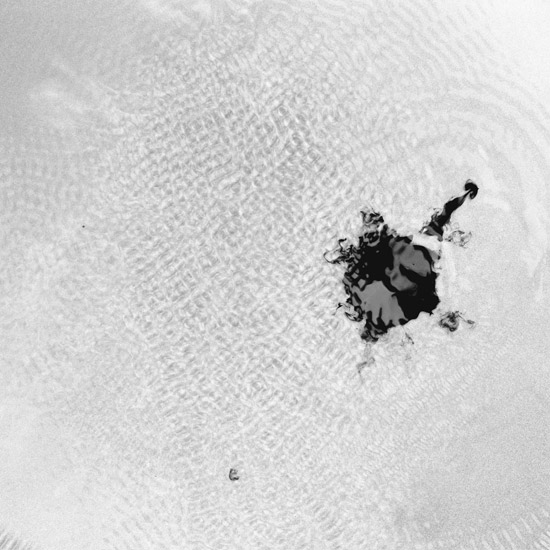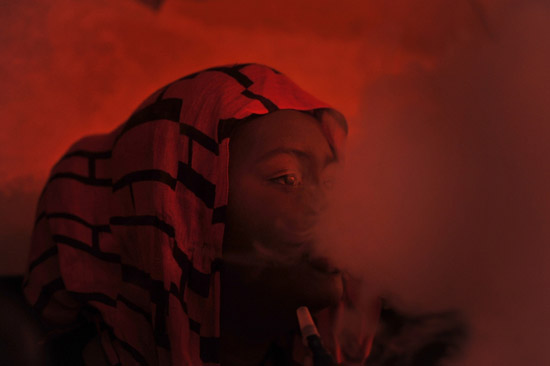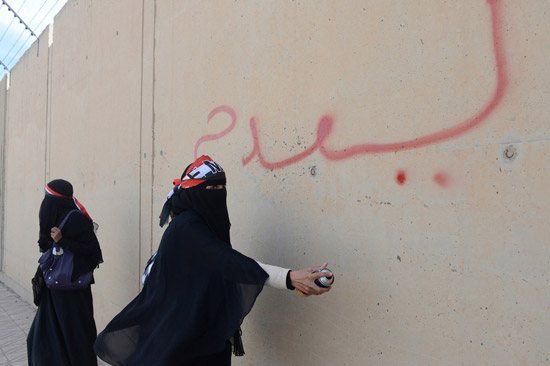
At a funeral. Tirana, Albania, 2012 © Enri Canaj
Thanks to Enri Canaj for this heartfelt story.
"I was born in 1980, in Tirana, Albania. My family lived near the Enver Hoxha residence, (the Communist leader of Albania from 1944 to 1985), the most developed part of the city, during that time. I remember the beauty of that place: the parks, the shops, well-dressed people strolling around. When I turned 11, we came to Greece because of the political, social and economic situation that my country was going through.
Albania is a small country in the heart of the Balkans. Despite its rich culture, people outside do generally not know much about it. It is also my homeland, the place of my early childhood. I grew up separated from it, and returned later to pick up the threads that were left behind. What I found was modernity and tradition living together. I traveled a lot and started to know my birthplace, the people, their mentality, and their traditions. I felt very welcome, and was fascinated by all the people I met. They were kind, friendly and curious about my work.
I made this journey together with my wife. When people realized we were a couple, they were very open, they welcomed us inside their homes and extended wishes, blessings and congratulations. Marriage is very important in Albania. Everyone has to get married, it is considered to make men stronger and more respected in society.
In this photographic project I would like to show the everyday lives of Albanian people - the big picture, as well as the small, seemingly insignificant moments. What impressed me most was the strong family union, the connection among people. I found it everywhere - in married young couples and their babies, at a funeral ceremony where relatives shared their pain, at a wedding party, or when a son accompanied his father at work. I didn't see any lonely people."


